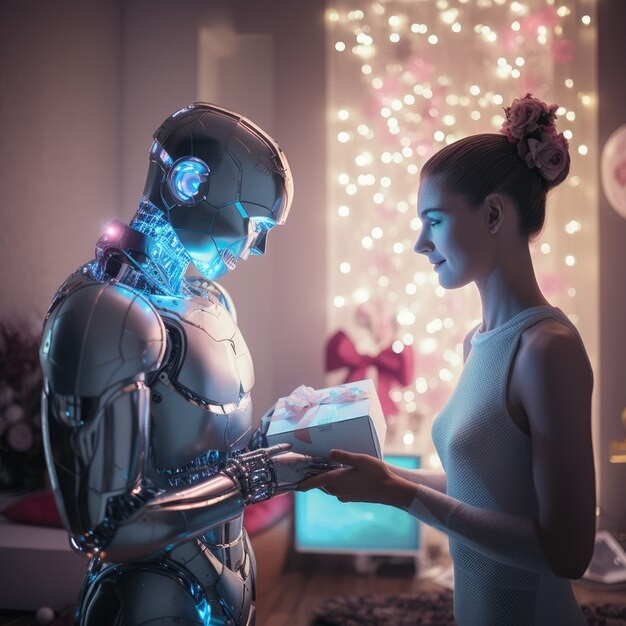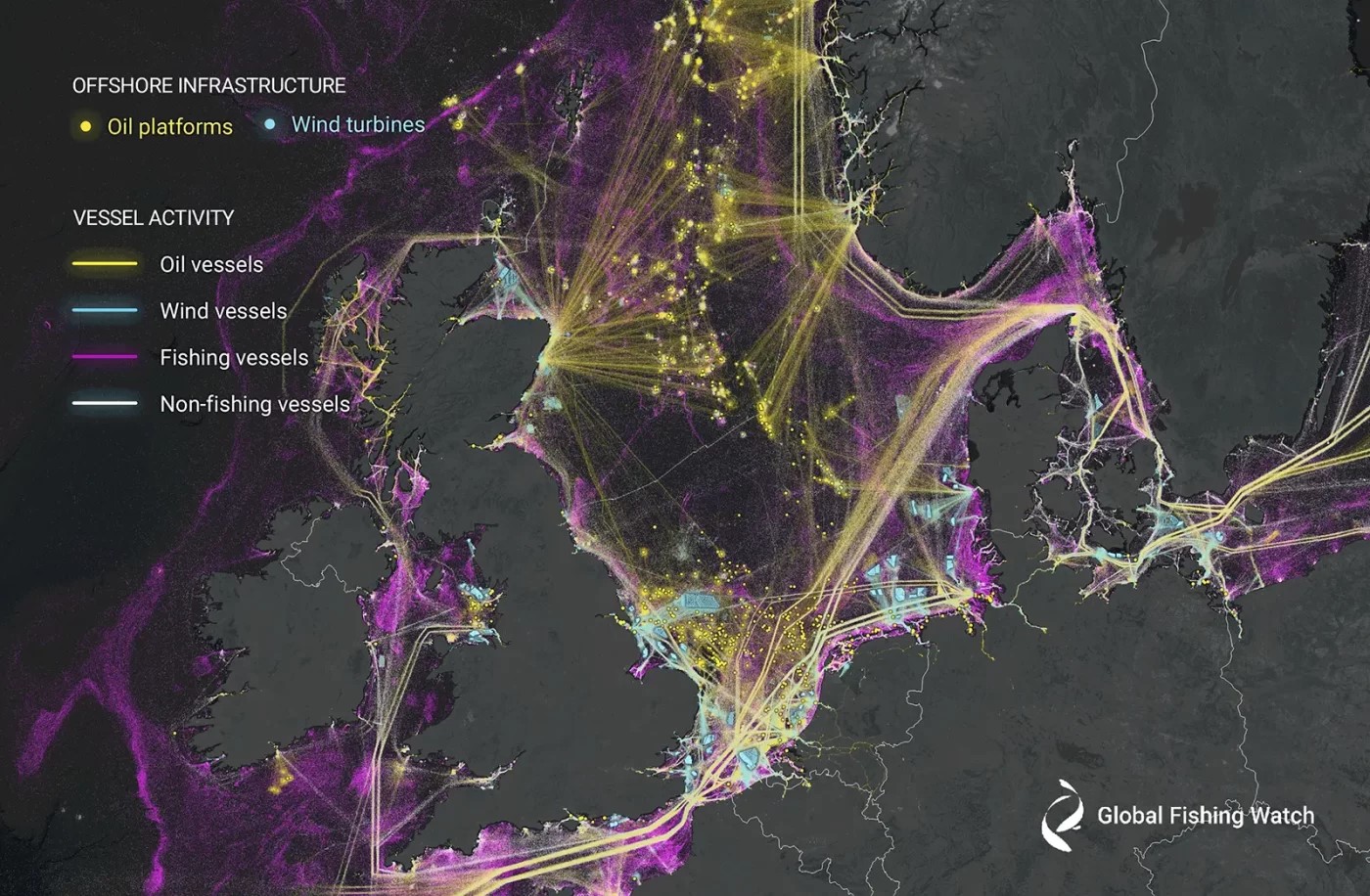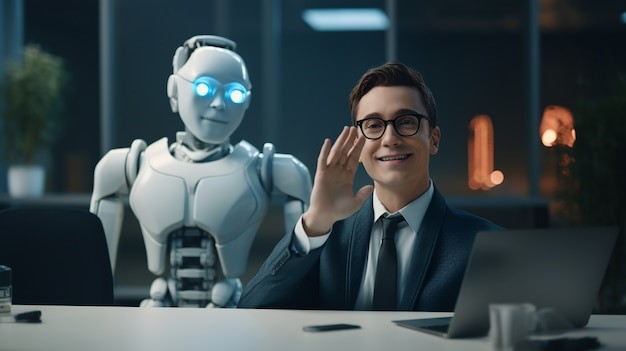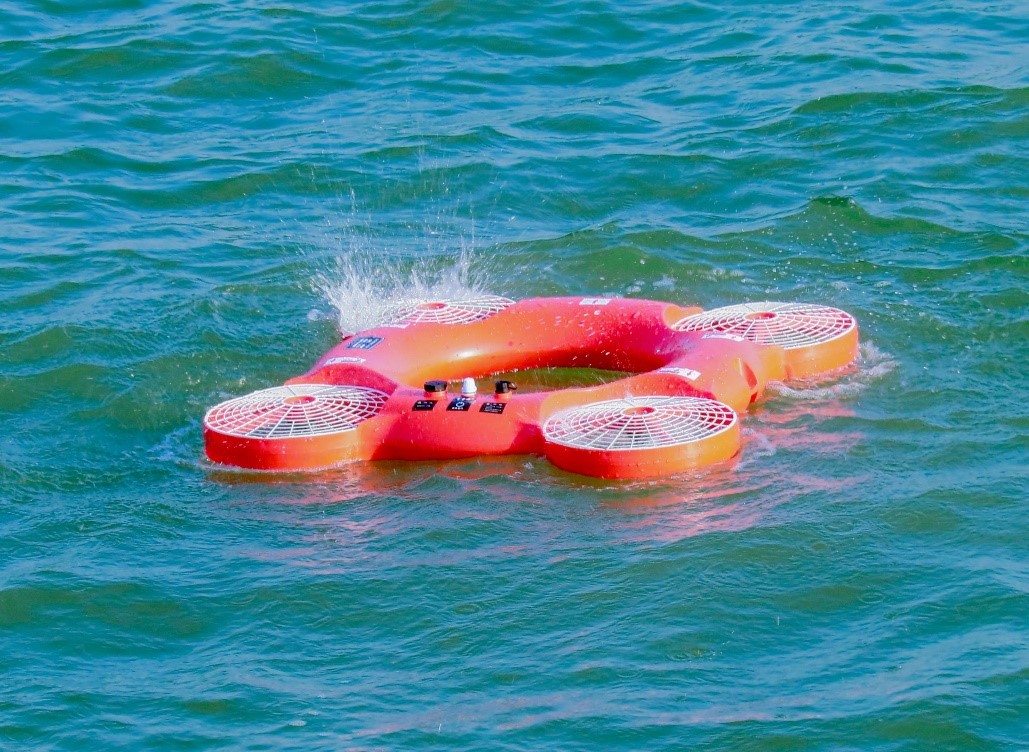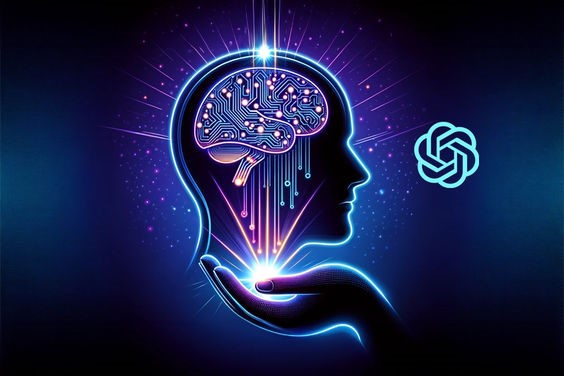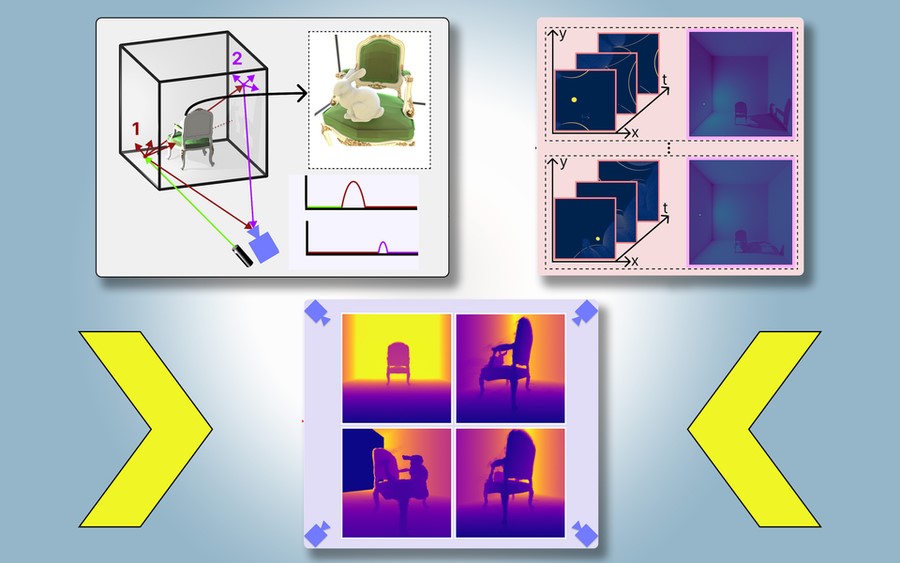Advancements In Robotics: AI-Powered Robots Now Autonomously Repairing Other Bots
In January, researchers showcased the culinary abilities of an open-source Aloha housekeeping robot. Now, the Unleashed project tackles tasks like knotting shoelaces, hanging shirts, and even repairing other robots.
The Aloha Unleashed initiative involves Stanford Ph.D. student Tony Z. Zhao, assistant professor Chelsea Finn from the Mobile Aloha team, and a team of roboticists at the Google DeepMind lab. They utilize pairs of facing Aloha 2 manipulator arms, which have been enhanced for improved performance and durability compared to the original Aloha model. These upgrades allow for fleet-scale data collection on more intricate tasks.[1]
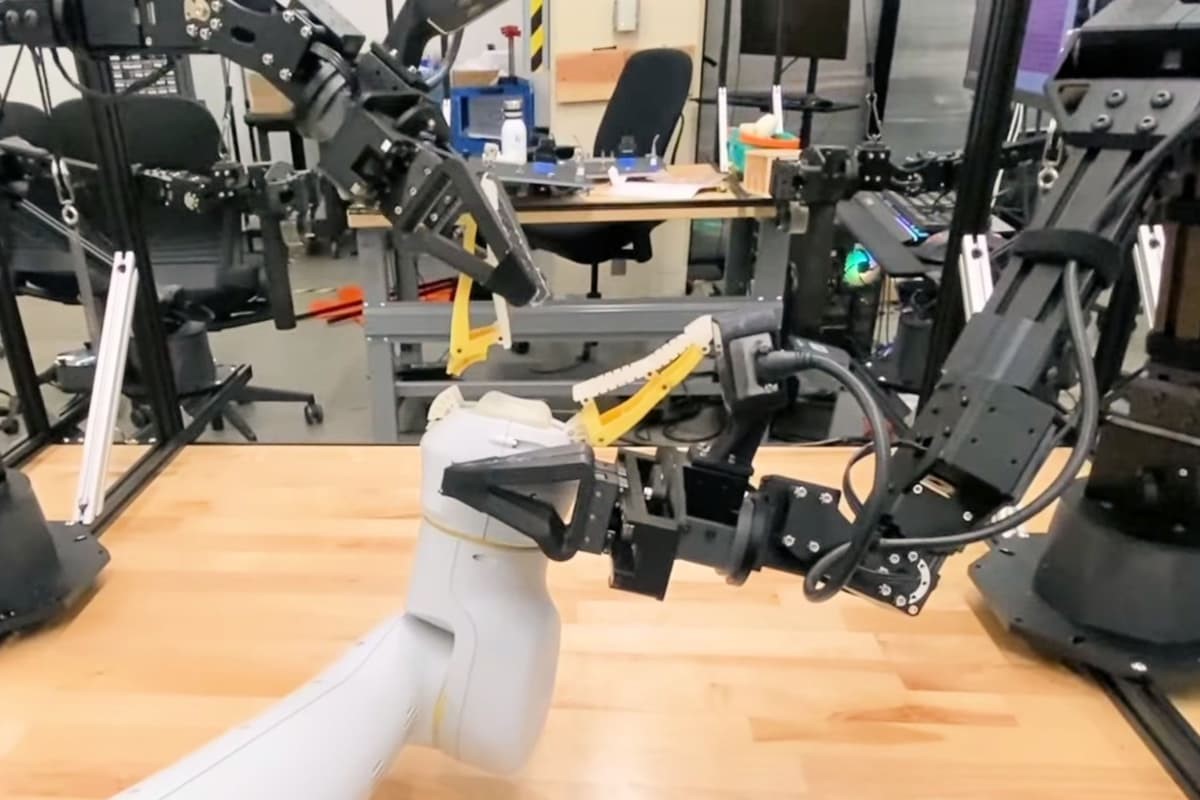
Figure 1.The Aloha Unleashed manipulator arms establish a robot repair station, demonstrated here autonomously replacing the gripper of another service robot.
Figure 1 shows the Aloha Unleashed manipulator arms establish a robot repair station, demonstrated here autonomously replacing the gripper of another service robot. Improvements include replacing the scissor mechanism on the grippers with a low-friction rail, enabling the manipulation of smaller objects, as well as employing smaller RealSense cameras with a wider field of view. Additionally, a passive gravity compensation setup using off-the-shelf components supports leader arms for teleoperation. The team also designed a desktop frame from aluminium, housing an overhead vision camera, and developed a more accurate simulation model with enhanced visuals to aid in learning tasks.
Over the past year, the researchers have been expanding the scale and dexterity of tasks performed by their Aloha 2 fleet. They've now released videos demonstrating the dual-arm setup autonomously performing tasks, adjusting in real-time to slips and placement issues.
"We selected three highly dexterous tasks: tying shoelaces, replacing a robot finger, and hanging a shirt," Finn stated in a post on X. "And we aimed to train a policy for each task. All of them succeeded!"
Zhao confirms that the robots at each station operate autonomously, with the footage captured in one continuous shot. In one demonstration, the manipulator team assists a robot buddy, DeepMind's SARA-RT model, by inserting a replacement gripper/finger, hinting at a future where robots can repair each other. Next, the robots collaborate to tie a shoelace.[2]
While humanoid robots have previously folded laundry, the Aloha manipulators are tasked with placing a shirt on a hanger and placing it on a nearby rack. The training policy accounted for different-colored items but lacked examples of adult shirts. Nonetheless, when Zhao tossed his sweater into the work zone, the model successfully generalized and completed the task.
Reference:
- https://newatlas.com/robotics/stanford-deepmind-aloha-unleashed/
- https://www.youtube.com/watch?v=1EAsn71O9yA
Cite this article:
Gokila G (2024), Advancements In Robotics: Ai-Powered Robots Now Autonomously Repairing Other Bots, AnatechMaz, pp. 396





